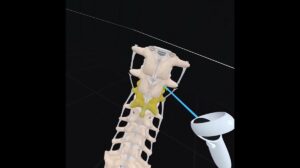NEW YORK (Reuters Health) – Patients with overactive bladder (OAB) may do better with fesoterodine 8 mg/d than with tolterodine extended release 4mg/d, according to the results of a large comparison trial reported in BJU International online September 21.
Dr. Steven A. Kaplan at Weill Cornell Medical College, Cornell University, New York, and colleagues conducted the 12-week study with 2411 subjects (about 85% female) who reported more than one daily episode of urgency urinary incontinence (UUI) and at least 8 micturitions daily. They were randomized to fesoterodine (4 mg/d for 1 week, 8 mg/d for 11 weeks), tolterodine ER 4 mg/d, or placebo in a 2:2:1 ratio.
At the end of the study period, the investigators found that “fesoterodine 8 mg showed superiority over tolterodine ER 4 mg and placebo on UUI episodes (primary endpoint), micturitions, urgency and most other diary endpoints, and on the Patient Perception of Bladder Condition, Urgency Perception Scale and all Overactive Bladder Questionnaire scales and domains (all p<0.05).”
Changes from baseline are presented in the report in graph form rather than numerically. From one graph, UUI appears to be decreased by a mean of 2.0 episodes per 24 hours with fesoterodine, by about 1.6 daily episodes with tolterodine and approximately 1.5 episodes with placebo, for example.
The most frequently reported treatment-emergent adverse events in all treatment groups were dry mouth, constipation and headache. Discontinuation rates due to adverse events were 5% with fesoterodine, 3% with tolterodine, and 2% with placebo.
“These data may have important implications for the clinical management of OAB patients previously treated with tolterodine ER,” the authors conclude.
The study was funded and conducted by Pfizer Inc., according to a disclosure statement.
Reference:
Superior efficacy of fesoterodine over tolterodine extended release with rapid onset: a prospective, head-to-head, placebo-controlled trial
BJU Int 2010.




